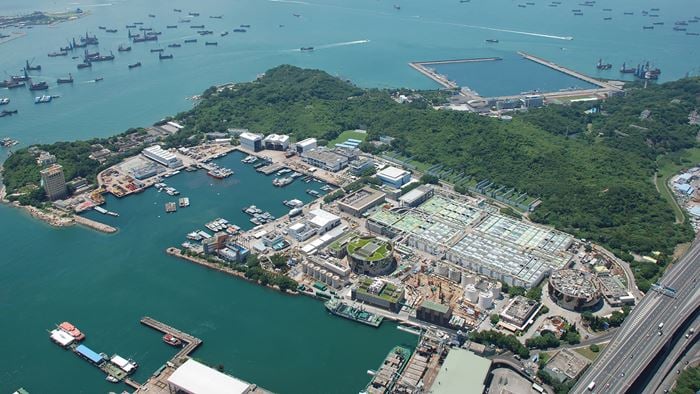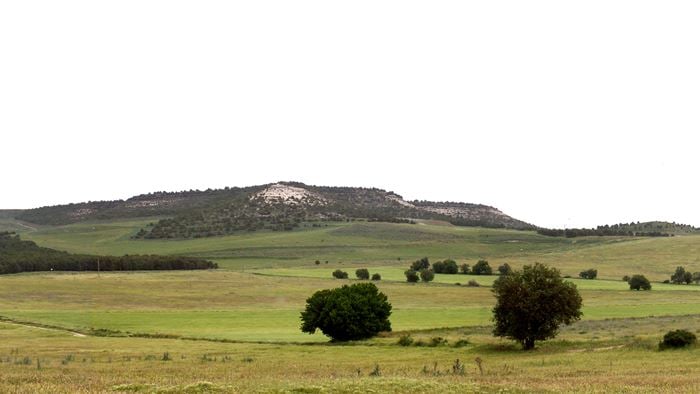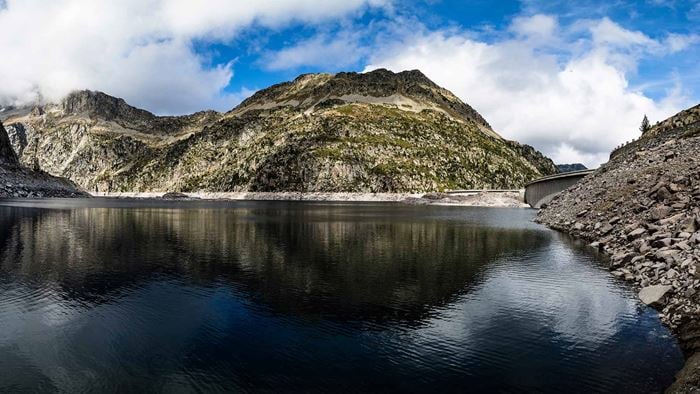The Australian Northern Territory’s Power and Water Corporation (PWC) commissioned Arup to conduct a cost benefit analysis of water treatment options for 15 remote indigenous communities.
This analysis formed the basis of a submission to Infrastructure Australia, with the objective of obtaining funding to assist PWC in the delivery of the much needed potable water treatment programme.
Existing water supply systems in the remote communities are relatively simple, typically providing only basic disinfection. As such, the physical and chemical water quality is often poor, posing a number of health risks to the communities and contributing to a range of infrastructure and other problems.
A study conducted by Arup recommended a programme of advanced water treatment, including electro-dialysis reversal and reverse osmosis systems. The implementation of these recommendations was estimated to require a capital investment of around AU$23.6m.
Arup demonstrated the viability of the project to Infrastructure Australia through a cost benefit analysis detailing a wide range of direct and indirect benefits, both monetised and non-monetised. These included the improved health of community members, reduced damage, maintenance and replacement of infrastructure due to water hardness, energy savings for water heating and improved social equality and cohesion.
Arup demonstrated that although the costs of the water treatment schemes are not recoverable through the sale of water to consumers, the implementation of the project will result in positive net financial benefit, primarily through reduced health costs and housing maintenance savings.
 ;
;






